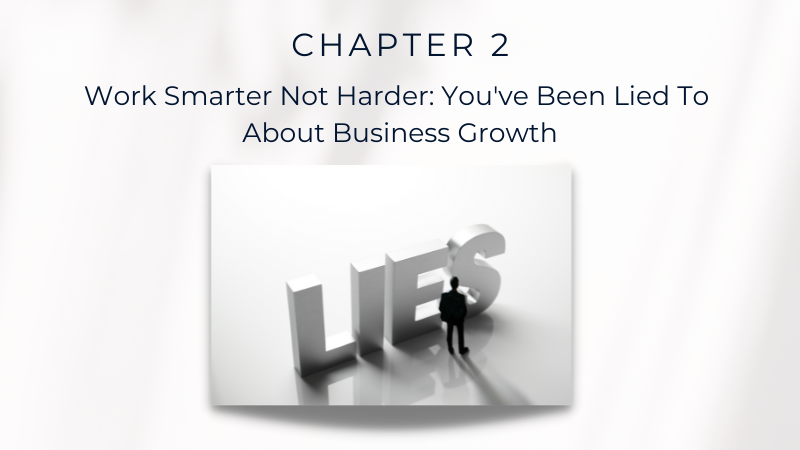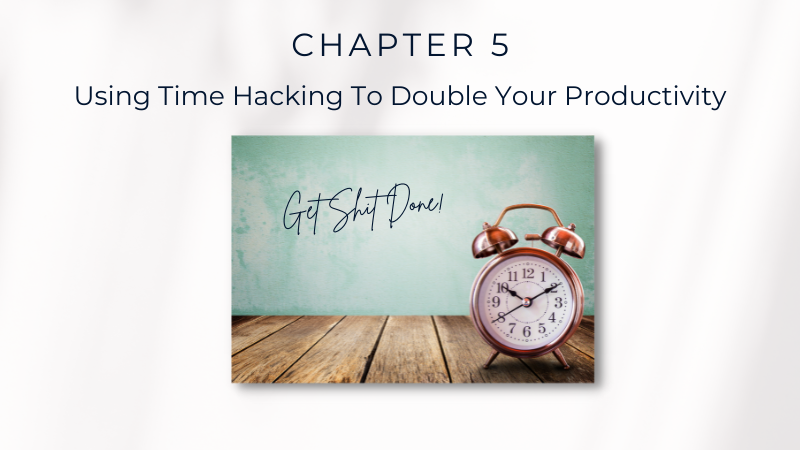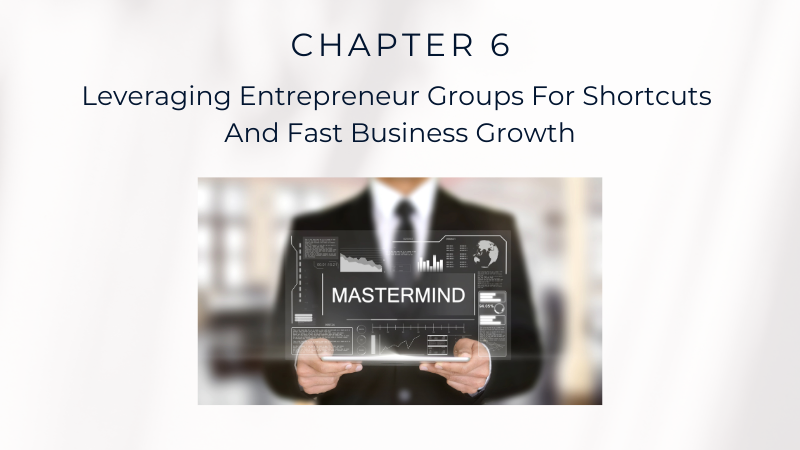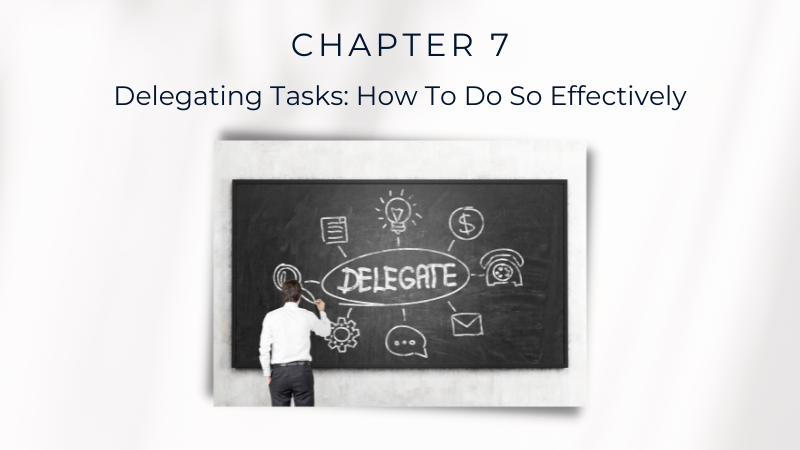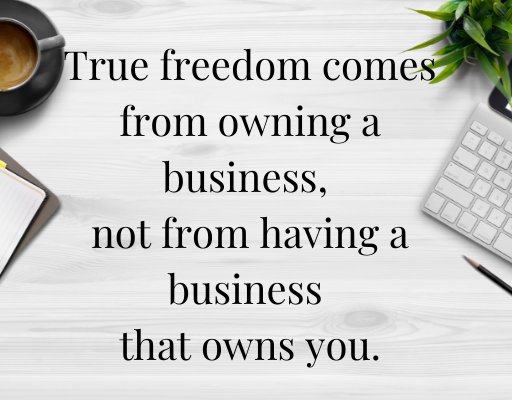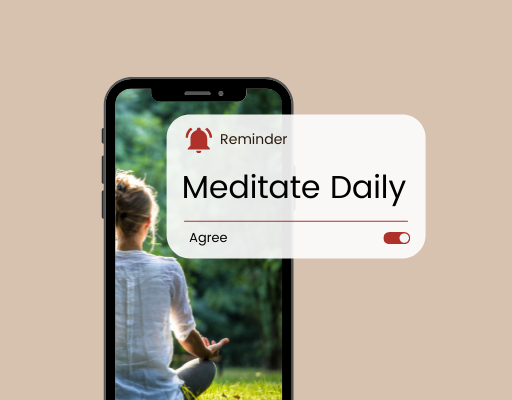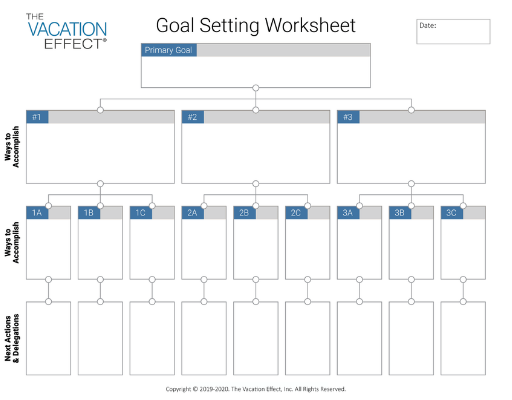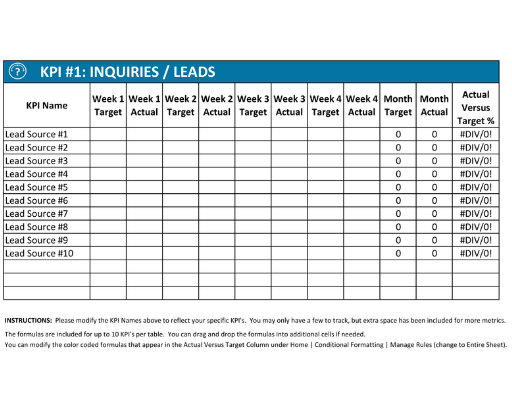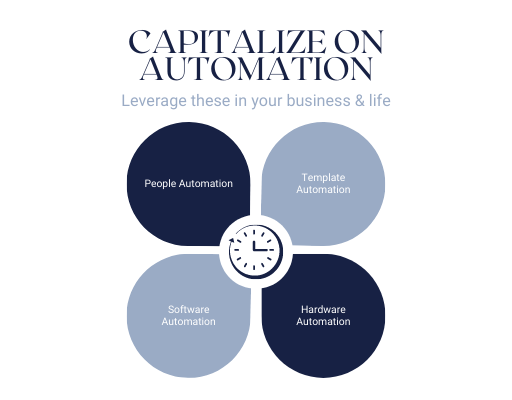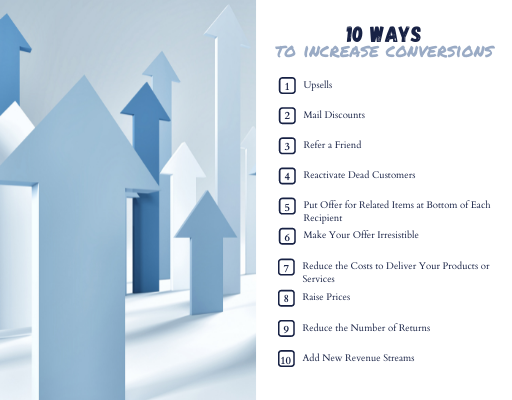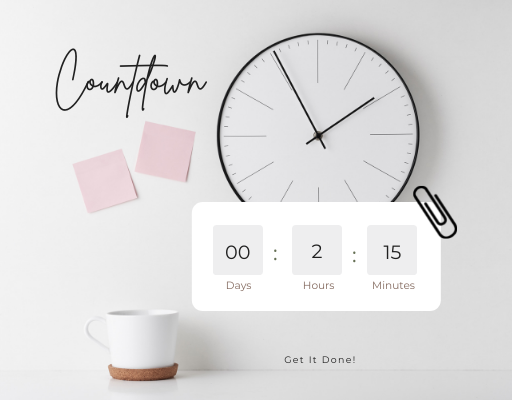In this chapter we are going to cover more details on how to grow your business by doing less. By removing from, not adding to your “to-do” list.
I call this Grow by Subtraction. It’s all about implementing strategies to work smarter, not harder. It’s about carving out plenty of time for what really matters in life while your business increases.
The concept is really quite simple…you grow faster by doing less, not more, when you do it the right way.

That may sound counter intuitive, but it works! It’s about focusing on the critical few efforts that will produce the greatest results. This working SMARTER, not HARDER.
Why does that even matter? Let’s face it. There are limited hours in the day and there are limited days in the week. So that means the faster you can get “the right things” done, the faster you can grow your business. The faster you can move onto that next goal.
According to the Pareto Principle, 80 percent of your efforts generally only produce 20 percent of the results. The reverse is also said to be true where 20 percent of your efforts are generally what produce 80 percent of the results.
Let’s stop and think about this for a minute. This means that around 80% of what you currently spend your time on isn’t really important. Only around 20% of your efforts lead to real results in your business.
So, if you truly can produce 80 percent of the results with just 20 percent of the effort, why aren’t we doing that all the time?
It’s because of the problem we talked about in Chapter 2. We have been brainwashed by our North American business culture into believing that “hard work” is better than “smart work.” Our business leaders like the late Steve Jobs and Elon Musk make it seem like the only way to succeed is by working like absolute maniacs.

This has created a business culture of GRIND, GRIND, GRIND.
The normal tendency in this kind of environment is to just throw more labor or resources at a problem (either your own time or someone else’s). We just add stuff to our to-do lists and to that of our team. But this approach is flawed because it overlooks whether the action should even be taken at all.
Sometimes the better answer is to stop doing something and take a different approach instead, or to simply do nothing at all. But when we’re so caught up in the daily hustle, we often can’t see the forest for the trees. We may miss the obvious and simpler answer that is right under our noses.
And the problem isn’t just based upon the brainwashing about hard work. It goes WAY deeper than that.
To start with, there is the problem of Parkinson’s law — where the time it takes to complete a project fill to the amount of time you have given yourself to complete it.
Have you ever noticed that if you give yourself a month to complete something, it will take a month, but if you only give yourself 2 days for that same project, you magically find a way to get it done in 2 days? That is Parkinson’s law at work.
This gives us the impression we can take as long as we need, and the result is that practically everything takes longer than it should.
And let’s not forget about the guilt. Oh, the brain-crushing guilt you feel — like you’re somehow lazy — if you’re not working all…the…time… After all, we have been taught that you have to hustle —to stay crazy busy to be successful. Somehow that has become a measuring stick for our success as entrepreneurs.
It is absolutely crazy for us to feel guilty about working less hours if we get the same results in 3 days as we used to do in 6. Yet we still do it.

Sometimes, we work constantly out of habit. Do you ever find yourself on vacation or with family, and your brain is still thinking about work? Workaholism has become the respected addiction because of our business culture and that is really sad.
It’s a lot more impressive if you can use your brain to solve a problem elegantly and with less effort than it is to use a sledgehammer to make an opening in a brick wall. Wouldn’t you rather just have the ladder to climb over the wall when all you needed was to get to the other side?
You may be wondering why I am spending so much time on this issue. Things have gotten so far out of hand on this issue that I need to exaggerate it for you to really get the point.
I hope you can see just how deep this problem goes.
So, what can you do about all this? Well, you can implement a process I designed that will allow you to grow by subtraction automatically and permanently.
You grow by subtraction by focusing on the 20 percent of projects that will produce 80 percent of the results.
You make it automatic by limiting the amount of time you are willing to spend on projects, through what I call forced hyper-efficiency (which I covered briefly in Chapter 2). This automatically forces you to focus on results versus time spent.
You then make this workflow permanent by replacing your new-found free time with more joyful activities, so you never want to give them up.
Let’s look at each one of these in more detail.
Grow by Subtraction
The best way to grow by subtraction is to review your to-do list each day and identify the few items that are the real levers and do those first. You should then delegate or delete almost everything else. There are a million ways to do this but the key is to start prioritizing based upon what will give you the biggest result for the least amount of effort and ignore almost everything else.
Make It Automatic Through Forced Hyper-Efficiency
As a recap, forced hyper-efficiency is when you limit the amount of time you’re willing to spend on your work, so you are forced to get things done faster – without relying on your own willpower.
You can make growth by subtraction happen automatically by using forced hyper-efficiency.
This is what happens when you’re about to go on vacation: you get a shit ton of work done in the 2 days before leaving because you know you won’t be available. It forces you to look for the least effort that can produce the greatest results.
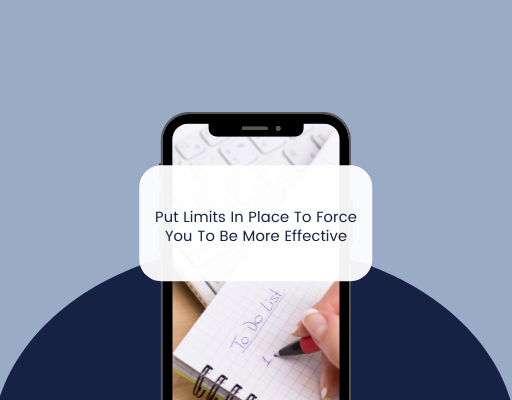
Have you ever done that and said, “Man, I sure wish I could be that productive all the time?” Well, you can! One way to force this hyper-efficiency into your schedule on a regular basis is by limiting yourself to just 3-4 days a week “in the business”.
If you only gave yourself a day to complete something, don’t you generally get it done in that one day? It’s likely even better quality than if you had dragged it out for two weeks. The good news is that you can actually make this kind of hyper-efficiency a way of life – and be as efficient each week just like you are when you are getting ready to go on vacation.
As an example, I started taking Tuesdays and Thursdays off most weeks. I introduced the concept of “Freedom Days” in Chapter 1. I use this time to do whatever brings me the most joy and you should consider reducing your schedule too. By eliminating one or two work days, it will serve two important purposes.
First, it will force hyper-efficiency into your schedule. It will make you be more productive on the days you work since you know you won’t be available on the other days. It will make you focus on getting faster and better results from the time that you do spend working, such as by delegating more, automating more, eliminating waste, etc. You know…all those growth hacks that we covered in Chapter 3.
But it will also give you free time for joyful activities, whether that is working on the Someday Maybes you identified in Chapter 1, hiking or biking outside, writing a book, or anything else that you enjoy.
For all these reasons, I recommend you work less with the purpose of forcing hyper-efficiency. Yes, you read that right. As the business owner, you have total control over your schedule, and the tasks that you work on. What if you took off more time each week and forced yourself to work less in your main business – like only 35 hours per week, just to give you an example.
Most entrepreneurs work best under pressure. Is this you? In other words, a reduced schedule forces you to implement the Pareto principle automatically… …every…single….week…
Make Growth by Subtraction Permanent
It is a lot more fun to regularly work on other things you enjoy….not just when you go on vacation. Free time is a powerful source of fuel for hyper-efficiency, creativity, and happiness. It allows you to make growth by subtraction permanent because the more you enjoy your days off, the more you will want to maintain the reduced schedule.

I know what you may be thinking. You may think you don’t have time to take off any work days because you are in growth mode. And it’s OK if you’re thinking that. It’s not your fault. Our whole culture keeps propagating that “just work harder” idea.
Why have most business owners failed at implementing the Pareto Principle before? Because they haven’t forced this into their schedules. They give themselves too much time to fall back into the old bad habits. Like we talked about earlier, “a project always takes the amount of time you have to get it done”? I don’t know about you, but I’ve always found that saying to be true. If you give yourself two weeks to get something done, it will take you two weeks of effort.
Hyper-efficiency is a sustainable and fulfilling option, if you’re willing to make some adjustments. Those adjustments certainly won’t happen overnight. But they are totally worth making.
But most entrepreneurs get so caught up in the grind, grind, grind that they miss the shortcuts that are right in front of them. We’ve gotten into the bad habit of just going through the motions like we’ve always done…Until something interrupts those bad habits… Which is often because of something dramatic or unexpected.
Let us ask you something. Knowing what you now know…
Do you see the power of growth by subtraction and how it can actually lead to multiplication?
Do you see how crazy it is for you to feel guilty about taking time off if you find ways to get things done better and faster?
Can you see yourself using what we have reviewed to help you work smarter instead of harder, and give yourself more time for fun and creativity?
Grow by Subtraction Automatically and Permanently
As I mentioned before, you grow by subtraction by focusing on the critical few needle movers and eliminating most other things from your to-do list.
You do this automatically by putting limits in place to force you to be hyper-efficient. This automatically forces you to focus on results versus time spent.
You make this permanent by replacing the new-found free time with things that bring you so much joy that you never want to go back to the old “grind, grind, grind” schedule again. Instead of being addicted to working, you become addicted to optimizing and having fun.
Imagine what it will feel like when you can live life from a relaxed state where you have plenty of time for what truly matters to you. It’s truly a wonderful way to live your life- and is one that you deserve.

However, I’m not going to lie to you and tell you that if you implement these principles, your problems will all magically go away.
Shit will hit the fan from time to time, like we all experienced with the Covid-19 pandemic. You will have ups and downs in business and life. These principles work even during the ups and downs of business and life.
Are you still craving to learn more on this important subject of growth by subtraction? Check out the podcast episode that I did on this subject:
004 Denise Gosnell: Grow by Subtraction Using Forced Hyper-Efficiency – The Vacation Effect
Next, let’s dig deeper into some time hacks you can implement if you want to multiply your results even further. Those are covered in Chapter 5.
In Chapter 1, you will explore the true meaning of business freedom and how to create it in your own life for what really matters.
In Chapter 2, you will learn the principle of work smarter not harder. You have been lied to about business growth in the past and will be shocked once you discover the truth.
In Chapter 3, you will discover 12 different growth hacks that lifestyle entrepreneurs use daily. You can use these growth hacks yourself for faster growth and a better life.
In Chapter 4, your will learn how to achieve business growth by removing from your “to-do” list, not adding to it. This principle is called “Growth by Subtraction”, and when done correctly, it leads to “multiplication”.
In Chapter 5, you will discover several ways to use time hacking to double your productivity. Are you ready to “Get Shit Done” faster than you ever imagined?
In Chapter 6, you will unlock the closely held secrets to leveraging entrepreneur groups for fast business growth. This strategy can skyrocket your growth.
In Chapter 7, you will learn all about delegating tasks effectively. Hint: Most business owners do this totally wrong.
In Chapter 8, discover how you can create a 4 day work week for yourself that is sustainable long term. It’s easier to accomplish than you might think.
In Chapter 9, you’ll learn the recommended next steps for creating the freedom lifestyle that you deserve. You’ll also learn the best resources (including a business growth coach) to support you in this process.





